Iceland’s Volcanoes
Set atop a tectonic hotspot, the small island is home to breathtaking eruptions and other geologic sites
/https://tf-cmsv2-smithsonianmag-media.s3.amazonaws.com/filer/Life-List-Iceland-Mid-Atlantic-Ridge-631.jpg)
Iceland is a geologic paradise. This almost (but not quite) Arctic island is only the size of Kentucky, but it hosts almost every kind of spectacular natural feature the planet can provide. Glaciers, geysers, colorful cliffs, fjords, faults, waterfalls, hot springs and oh, the volcanoes—shield volcanoes, stratovolcanoes, table mountains, calderas, volcanic fissures.
The earth is splitting apart in the middle of Iceland. Actually, it’s splitting apart along a ridge that runs north to south through the middle of the Atlantic Ocean. The European continental plate is creeping eastward and the North American creeping westward, and new crust is bursting out of the cleft between the two. This geologic melodrama is played out almost exclusively under the sea—aside from where the Mid-Atlantic Ridge emerges onto Iceland.
In addition to straddling the split between these two plates, Iceland sits atop a “hotspot” where magma continuously rises through the earth’s crust from the mantle. The combination of these tremendous geologic forces creates weird and wonderful scenery—and fuels volcanic eruptions, on average one every five years. When Eyjafjallajokull erupted in 2010, its massive ash plume shut down European air traffic for almost a week.
Aside from Iceland’s geologic attractions, the capital city of Reykjavik has plenty human-scale hotspots—bars, clubs and cafés. There are hot springs to bask in all over the island, and plenty of oceanside lookouts where you can watch whales or nesting seabirds. The most storied inhabitants of Iceland were the Vikings, and you can visit archaeological remains of their longhouses and their parliament, the Althing, one of the first in history. From this historic site, you can see both the American and European plates as they slowly drift apart.
/https://tf-cmsv2-smithsonianmag-media.s3.amazonaws.com/accounts/headshot/laura-helmuth-240.jpg)
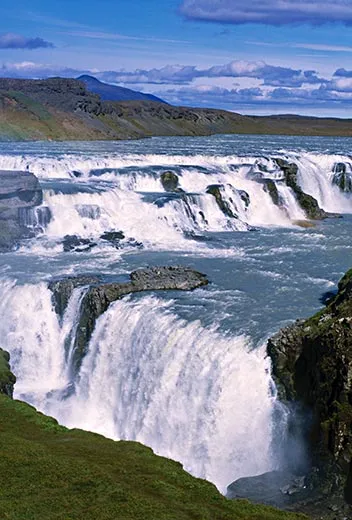
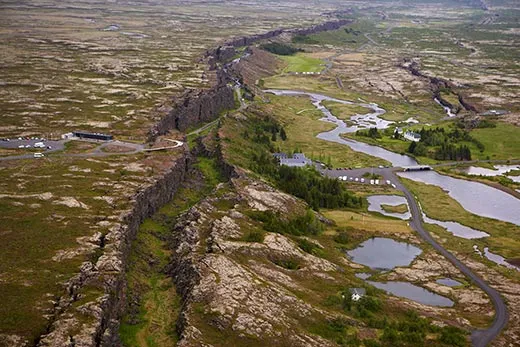
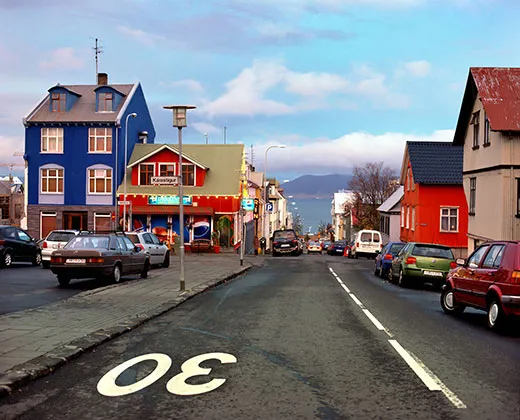
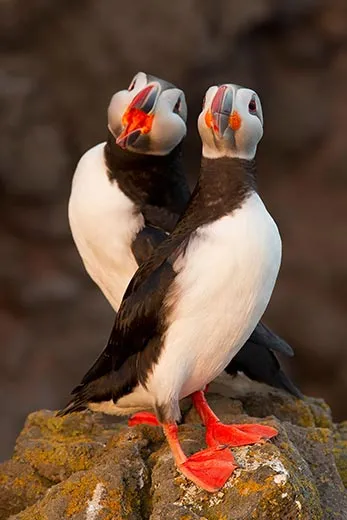
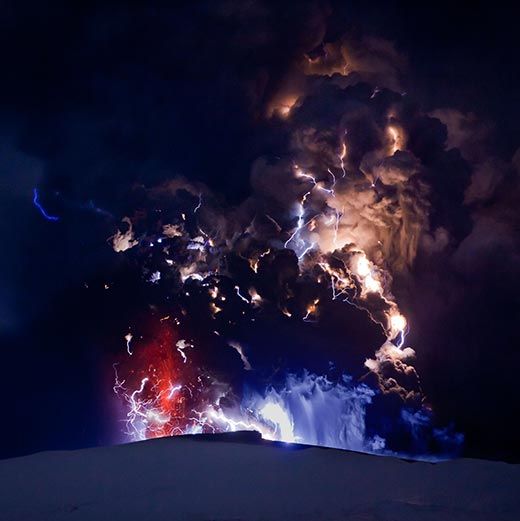
/https://tf-cmsv2-smithsonianmag-media.s3.amazonaws.com/accounts/headshot/laura-helmuth-240.jpg)